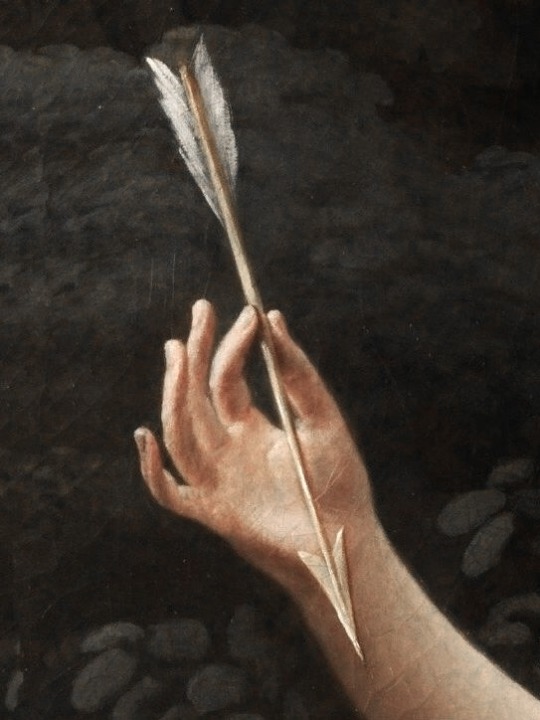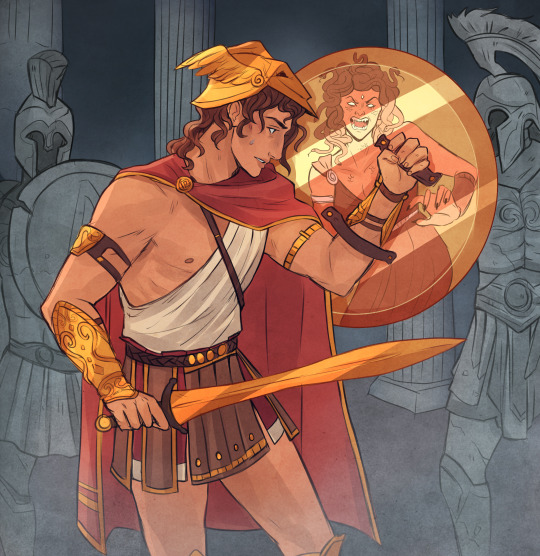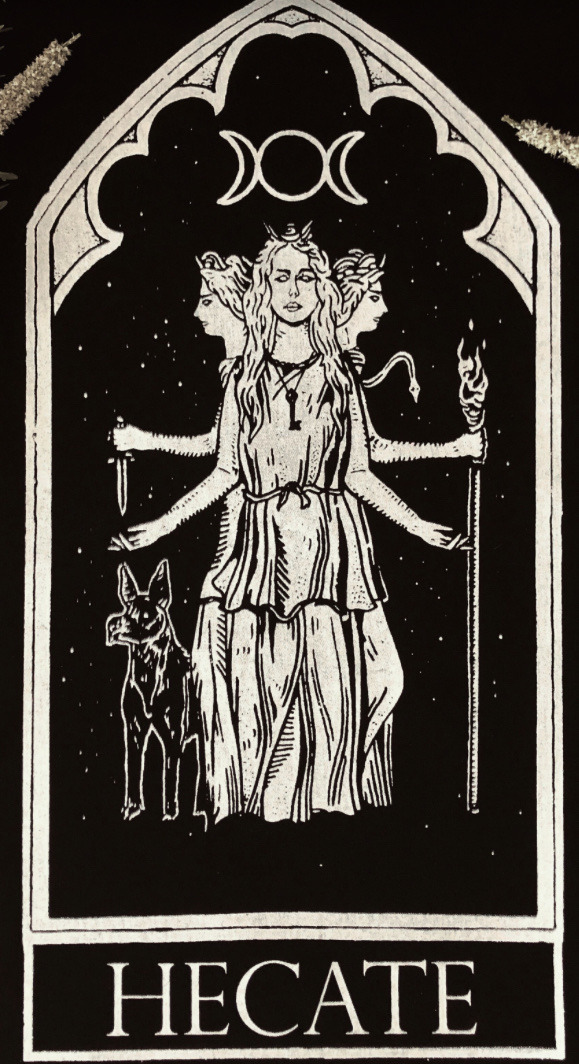Text
That time Shakespeare met the neapolitan playwright Eduardo de Filippo

We all know Shakespeare and the greatness of his plays, which are still relevant today. As we all know Shakespeare’s last play was The Tempest, of which there are numerous versions and adaptations.
One of the certainly lesser-known adaptations outside Italy is the Neapolitan version by the Neapolitan playwright and actor Eduardo de Filippo.
Eduardo de Filippo and siblings Titina and Peppino were the natural children of Luisa de Filippo and Eduardo Scarpetta, who, however, was married to an aunt of Luisa’s by whom she had other children.
The three siblings grew up in the Neapolitan theatrical milieu while also working with their half-brother Vincenzo Scarpetta. Eduardo wrote his first play in 1920 and founded his own company in 1931. During his very long career, Eduardo wrote and brought more than forty comedies to the theater and cinema. In 1983, at the request of the publishing house Einaudi, his rewrite of Shakesspeare’s The Tempest came out. It is Eduardo himself who explains the reason for choosing this work
“The tolerance, the benevolence that pervades the whole story. Although he has been treated unworthily by his brother, the king of Naples and Sebastian, Prospero does not seek revenge but rather their repentance. What more timely teaching could an artist have given to the man of today, who in the name of a religion or an ideal kills and commits unheard-of cruelties, in an escalation that who knows where it will take him?”
Eduardo tried to rewrite the Shakespearean text while maintaining fidelity to the original text. The originality of Eduardo’s rewriting of The Tempest lies in the language, in the rendering of language that. in the Neapolitan style, maintains the same sense of expressions and personalities as forged by the English playwright.
The Neapolitan language used by Eduardo almost faithfully brings back not only expressions, and words, but also all the musicality of the original text. While remaining faithful in terms of plot and characters, however, Eduardo’s Tempest presents itself as a new creature, a child yes of its 600s counterpart, but above all it remains the theatrical testament of the Neapolitan playwright in which he leaves all his poetics.
At first, Eduardo uses the Italian translations of Salvatore Quasimodo and Cesare Vico Lodovici, but the differences existing between the two versions lead him to choose the English text as a starting point. The choice is dictated by a desire to approach Shakespeare and The Tempest in an unmediated way. Eduardo decides to render in Neapolitan a version entirely in verse, while the English original often alternates between blank verse and prose. The Neapolitan chosen by Eduardo is not that of his century but that of the seventeenth century, but he contaminates it with linguistic expressions from the seventeenth century reach to the end of the twentieth century, to the point of including Italian vocabulary. Language is the area in which Eduardo’s dramatic invention is tested. If in substance Eduardo’s The Tempest remains faithful to Shakespeare’s masterpiece in theme and setting, the form with which the work is clothed shows a new nature: the use of such a structured dialect as well as the introduction of phrases, allusions, and gestures, drawn from the culture that to that linguistic code they belong to, give the work an otherness that goes far beyond the idiomatic datum, an austere and essential Neapolitaness on the theatrical level. It is not surprising, then, that Ariele leaves Ferdinand in a space described almost as the blue grotto of Capri, that the malignant witch Sicorace is referred to as originating in Benevento, or that Gonzalo thanks San Gennaro for finding himself safe and sound on the island. There are also proverbial expressions, slang, gastronomic references, and allusions to Neapolitan songs in the text, so that the general sense of Shakespeare’s lines is saved in substance, but culturally transcended in verbal expression.
The idea that takes shape is far from Eduardo’s theater, and its cultural tradition, but it manages to enthuse the artist to the point that he decides to play all the characters in The Tempest by himself. The only exception is Miranda, the only female presence. The project is completed with the inclusion of a musical part.
The performance of The Tempest is thus the third stage of the process completed by Shakespeare after the translation of the text and its recording. On stage are more than 150 puppets about five feet in
height, many more than the characters envisaged in the Shakespearean text. The fusion of the different languages deployed takes into account their specific registers and creates a unique and unrepeatable result, in which the dominant aspect is still Eduardo’s voice and presence.
Source: Dalla scena elisabettiana al teatro di figura: La tempesta di Shakespeare nella traduzione di Eduardo De Filippo di Annamaria Sapienza.
1 note
·
View note
Text
A homosexual life is not easy ...
A homosexual’s life is not easy.
It’s not easy because you want it to be easy.. You wish you could be yourself, you would like to speak freely even with simple acquaintances of your boyfriend/girlfriend, without it being the case that says, ‘Oh anyway I’m gay’, in advance that you are accepted eh…
You have to pay attention to every single word that comes out of your mouth because, one “ Look at that pretty girl/boy" could cost you your reputation at school, at work or in others places.
You have to be careful when you talk about it to a friend who knows about you and all of a sudden you lose interest in someone who doesn’t know so you’re forced to change your speech or lower your voice. You want to post photos on social media with your boyfriend/girlfriend quietly, like normal straight couples and instead you’re forced to hide and hide your love. HIDE WHO YOU ARE!
You wish you could just walk hand-in-hand with your boyfriend in your shitty country, but it’s shit.
YOU REALLY WANT TO LIVE BUT APPARENTLY WE ARE NOT ALLOWED TO.
You would love to have the courage to come out of the closet to avoid all this and have what you want but society won’t let you.

4 notes
·
View notes
Text
"Between women love is contemplative; caresses are intended less to gain possession of the other than gradually to re-create the self through her; separateness is abolished, there is no struggle, no victory, no defeat; in exact reciprocity each is at once subject and object, sovereign and slave; duality become mutuality."
-Simone de Beauvoir

12 notes
·
View notes
Text

#wonder woman#dc comcis#gal gagot#justiceleague#vectorart#illustration#fan art illustration#fan art#digital art#digital illustration
8 notes
·
View notes
Text

#iron man#tony stark#marvel cinematic universe#marvel#vectorart#digital illustration#digital fanart#digital art#art
1 note
·
View note
Text


ARTEMIS
Goddess of the hunt, the moon, and chastity. She was the daughter of Leto and Zeus, and the twin of Apollo. She possesses perfect aim with a bow, the ability to change herself and others into animals, and control disease and healing. Artemis believed she had been chosen by the Fates to be a midwife, particularly as she had assisted her mother in the delivery of her twin brother Apollo. All of her companions remained virgins, and Artemis closely guarded her own chastity. Artemis was invoked by women in labour and She is the protector of youth, especially of young girls.
926 notes
·
View notes
Photo


With Athena’s shield, polished like a mirror, Perseus approached the gorgon Medusa, avoiding her gaze.
I’ve been wanting to draw some Greek Mythology pieces for a while now, so I decided to revisit one of my favourites.
25K notes
·
View notes
Photo






Matthew Daddario and Lana Parrilla as Scooter Polarsky and Rita Castillo on Why Women Kill 2x01.
447 notes
·
View notes
Photo

12 notes
·
View notes
Photo

17 notes
·
View notes















